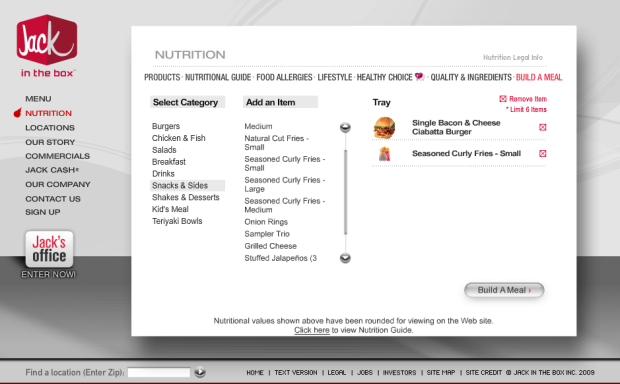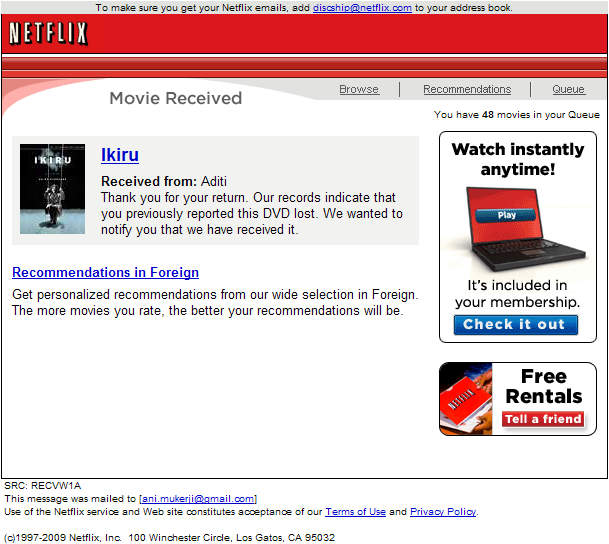
I have been interested in usability all my adult life.
In architecture school, I was very focused on function (sometimes at great peril to academic success, times when I just couldnt get things right and knew they were wrong or could be so much better.) In the very recent past, I was very frustrated with the usability of an app I am working on, so much so that I sent out impassioned e-mails to a few classmates who work in consumer software engineering or web based businesses to help me write a paper on how to start a usability and interface design group in a company that is not in the business of software, but builds a lot of software anyway. (None of them sent me a credible reply: Yes, I have read Norman and Neilsen, thank you!)
I was talking about “satisficing” today and was trying to remember where I heard it first. It’s Steve Krug. I love his book “Don’t make me think”. Hear him talk about “the least you can do about usability” here. (Note: wordpress doesn’t allow blip.tv embeds, please clickthrough.)





